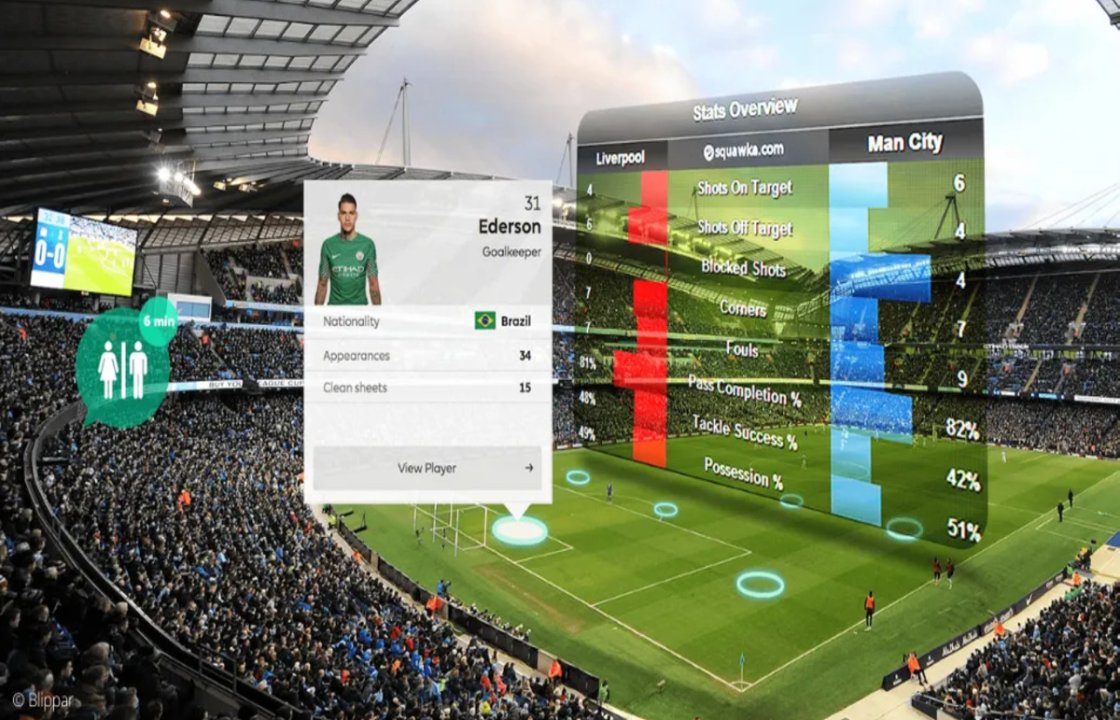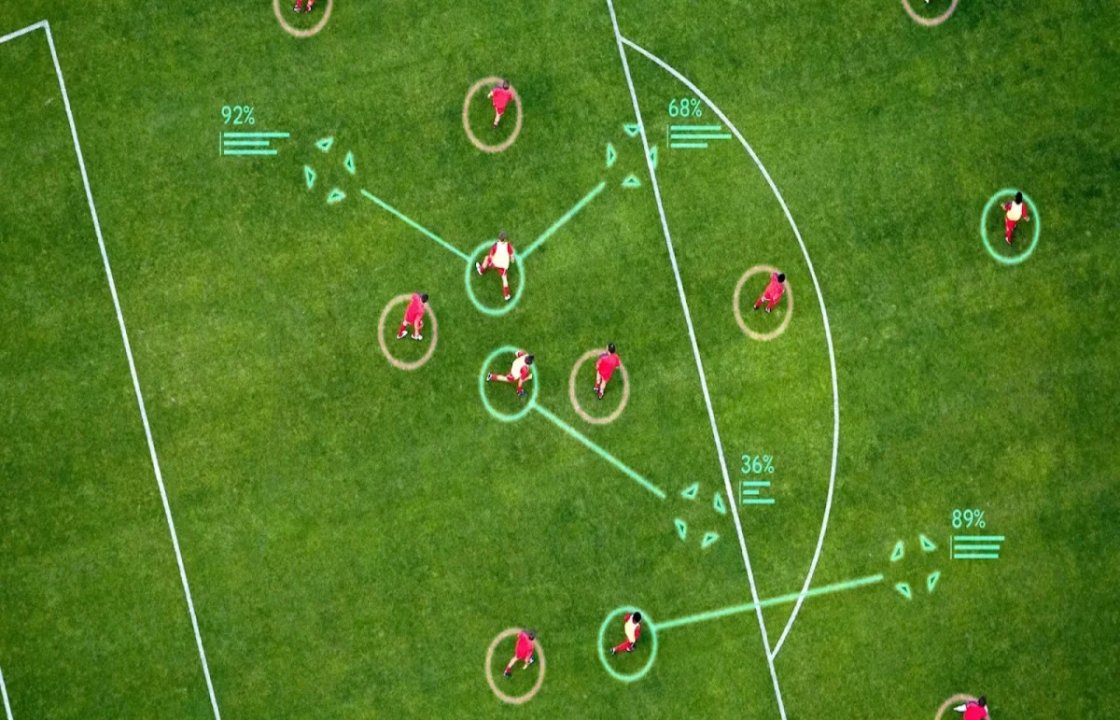Sunday Night Soccer has evolved from a routine weekly fixture into a technological spectacle, revolutionizing how fans experience the beautiful game.
Revolutionizing the Viewer Experience
In the past, watching soccer on TV meant a static camera angle, a single commentator, and limited insights. Today, match broadcasting has undergone a complete transformation, led by a surge in cutting-edge innovations. These changes have made Sunday Night Soccer not just a sporting event but a multisensory, immersive experience that extends beyond the pitch.
The introduction of high-definition (HD) and ultra-high-definition (UHD or 4K) broadcasting has drastically improved visual clarity, allowing fans to see the finest details—from the beads of sweat on a striker’s forehead to the subtle spin on the ball. Paired with slow-motion replays and multiple camera angles, these visuals offer enhanced storytelling, bringing audiences closer to the intensity and drama of every moment.
Immersive Audio and Fan Integration
Innovations have not only focused on the visual aspects but also the audio experience. With 3D sound and augmented crowd noise, broadcasters are crafting an atmosphere that mimics being inside the stadium. This is especially important for Sunday night matches, where prime-time viewership demands a show-like environment.
Another major leap forward has been the use of interactive audio commentary. Many broadcasts now feature multiple audio channels, allowing viewers to switch between traditional commentators, tactical analysts, or even fan-driven commentary. This personalizes the experience and gives fans control over how they engage with the match.

Additionally, social media integration allows live fan reactions, Twitter polls, and even live chats to be embedded into broadcasts. Fans no longer passively watch a match; they interact with it in real time. The digital broadcast has become a two-way conversation, not just a one-way stream.
Augmented Reality (AR) and Virtual Enhancements
Augmented reality (AR) has emerged as a powerful tool to enhance match-day storytelling. Broadcasters now use AR graphics to overlay statistics, heat maps, and tactical formations directly onto the screen during live play. This provides viewers with a deeper understanding of the game, without needing to look away or check a second screen.
Moreover, virtual studios and 3D models of stadiums are becoming common in pre-game and post-game shows. Analysts can virtually walk through plays and simulate different tactical setups, giving fans a coach’s perspective of what’s happening on the field.
Drone Cameras and Cinematic Angles
One of the most visually stunning innovations in Sunday Night Soccer is the use of drone cameras. These offer sweeping views of stadiums, dynamic tracking shots of team entrances, and even live overhead coverage of goals and set pieces. Combined with cinematic cameras that provide shallow-focus close-ups, these elements give the match a film-like quality that elevates the entire experience.
The result is a soccer broadcast that rivals top-tier entertainment productions. It’s not just about showing the game—it’s about telling a story with emotion, suspense, and drama.
AI-Powered Analytics and Real-Time Data
Another frontier in match broadcasting is artificial intelligence (AI) and its ability to enhance real-time analysis. AI-driven systems now track player movement, ball trajectories, and team formations with incredible precision. This data is transformed into on-screen graphics and analysis in real-time, offering viewers insights previously available only to coaching staff.
Some platforms even provide customized stat dashboards, allowing viewers to select which data they want displayed during the game. Whether it’s a player’s expected goals (xG), passing accuracy, or sprint distance, fans are now engaging with the game on a deeper, more analytical level.

Smart Devices and Personalized Viewing
Thanks to streaming platforms and smart devices, Sunday Night Soccer has become more accessible than ever. Viewers can watch matches on their phones, tablets, or smart TVs, often with the ability to rewind, pause, or watch multiple camera angles simultaneously. Many platforms now offer multi-angle viewing, where users can toggle between different perspectives—behind-the-goal, sideline, aerial—while still following the live broadcast.
Some broadcasters are even experimenting with personalized camera feeds, where fans can follow a specific player throughout the match. This level of customization not only enhances engagement but also creates a sense of ownership over the viewing experience.
Virtual Reality (VR) and the Future of Match Viewing
Perhaps the most exciting innovation on the horizon is virtual reality (VR). While still in early stages, VR broadcasting is already allowing fans to feel as if they’re sitting in the front row of the stadium, complete with 360-degree views and spatial audio. Imagine watching Sunday Night Soccer from the manager’s bench, the midfield circle, or even behind the goal—all from your living room.
As VR headsets become more affordable and widely used, it’s likely that soccer broadcasting will increasingly blur the lines between real-world presence and digital immersion.
Tactical Insights and Coach-Centered Broadcasts
Some networks now offer specialized feeds designed for coaches, analysts, and serious fans. These feeds remove commentary and focus solely on tactical camera angles, like the "bird’s eye view" or "coach cam," which shows entire formations and tactical shifts in real-time. This type of innovation has helped educate fans, especially younger audiences who aspire to play or coach at a professional level.
Relating It Back to SIA Academy
At SIA Academy, where we specialize in high-performance soccer development, these broadcasting innovations have transformed how we train, analyze, and inspire our players. We incorporate match replays, tactical breakdowns, and data-driven insights from Sunday Night Soccer into our curriculum. By studying the same immersive content that fans enjoy at home, our players not only watch the game—they understand it at a professional level.
The use of multi-angle footage, AI-powered stats, and expert commentary helps our players develop a deeper tactical awareness and recognize patterns that would be missed in traditional broadcasts. We also encourage players to create personal video analyses, utilizing clips from Sunday matches to compare their own performances and improve decision-making.
Ultimately, the technological evolution of match broadcasting aligns perfectly with our mission: to develop modern footballers who are not only physically prepared but also mentally sharp and tactically sophisticated. What happens on screens every Sunday night isn’t just entertainment—it’s a masterclass in the game, and our players are the top students.


